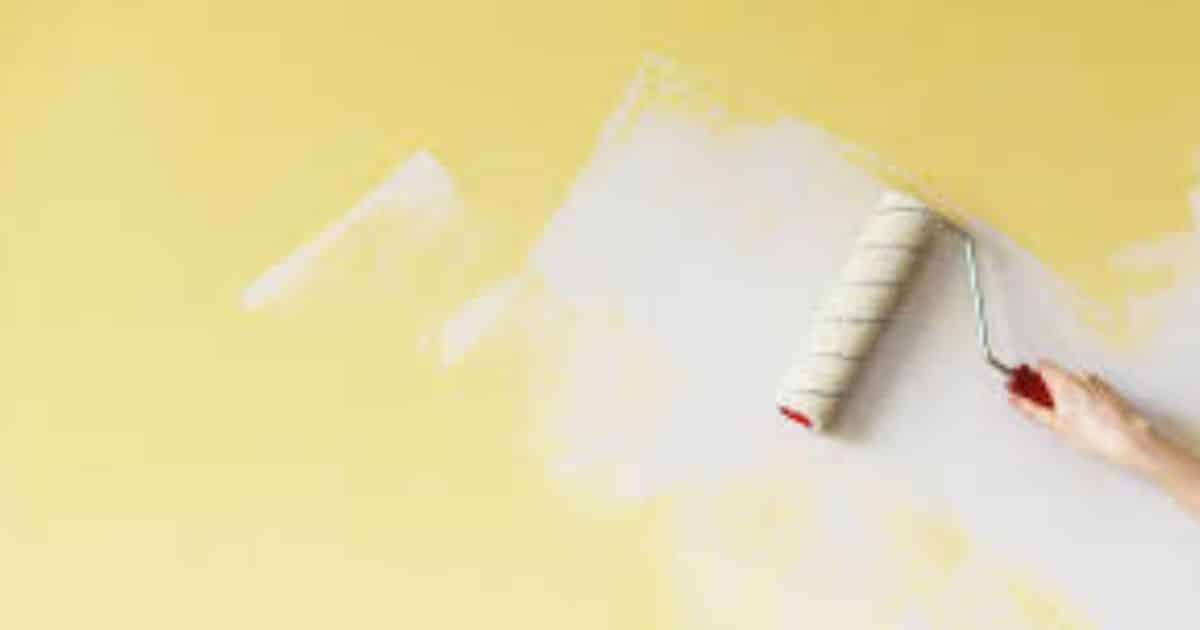Blistering Paint concrete walls can transform our house, adding colour and personality to otherwise bland surfaces. However, one common issue that a homeowner and Interior painters Melbourne encounter is peeling and blistering paint.
Understanding the reasons behind these problems and knowing how to avoid them can ensure a long-lasting and attractive finish. This blog will reveal all the problems you are facing when painting concrete walls and the role of professional painters in Melbourne. The purpose of this blog is to engage readers into insights of professional concrete painters.
Common Causes of Peeling and Blistering Paint on Concrete Walls
1. Moisture Intrusion
Concrete walls are porous and can absorb moisture from various sources, including rain, ground water, or indoor humidity. When moisture seeps into the concrete and gets trapped under the paint, it causes the paint to lose adhesion and start peeling or blistering.
Signs:
Bubbling paint, areas where paint easily chips away, and discolouration.
2. Inadequate Surface Preparation
Concrete surfaces often have dust, dirt, old paint, or efflorescence (a white, powdery substance) on them. Painting over an unprepared surface can prevent the paint from adhering properly, leading to premature failure.
Signs:
Uneven paint application, paint peeling in large sections, and visible dirt or dust under the paint layer.
3. Incorrect Primer or No Primer
Primers are essential for creating a stable base for the paint. They help seal the porous concrete and improve paint adhesion. Using the wrong primer or skipping this step can cause the paint to fail.
Signs:
Paint that easily peels off, poor coverage, and areas where paint does not stick.
4. Using Inappropriate Paint
Not all paints are suitable for concrete surfaces. Using interior paint on an exterior wall or choosing a non-breathable paint can lead to issues. The paint needs to be specifically designed for masonry to handle the unique properties of concrete.
Signs:
Fading, cracking, and blistering of paint.
5. Environmental Factors During Painting
Painting in extreme temperatures, high humidity, or direct sunlight can affect how the paint adheres and dries. These conditions can cause the paint to dry too quickly or too slowly, leading to adhesion problems.
Signs:
Streaky or uneven paint, blisters forming soon after painting, and peeling.
Preventive Measures to Avoid Peeling and Blistering
Here are the following measures that you can take with the help of a professional concrete painter to avoid the above problems.
1. Address Moisture Issues
Waterproofing:
Apply a waterproof sealant to the concrete wall before painting. This step is crucial for exterior walls and areas prone to moisture.
Dehumidifiers:
For indoor walls, use dehumidifiers to reduce humidity levels and prevent moisture accumulation.
Fix Leaks:
Identify and repair any leaks or sources of moisture, such as faulty plumbing or roof leaks, before starting the painting process.
2. Thorough Surface Preparation
Cleaning:
Clean the concrete surface thoroughly using a power washer or a scrub brush with detergent to remove all dirt, dust, and grease.
Removing Efflorescence:
Use a mixture of water and vinegar to scrub off efflorescence. Rinse the area well and let it dry completely. If this appears risky, consider a professional house painting in Melbourne is the safe bet.
Sanding and Filling:
Sand down any rough areas and fill in cracks or holes with a concrete patching compound. Ensure the surface is smooth and even.
3. Use the Right Primer
Masonry Primer:
Choose a high-quality primer designed specifically for masonry or concrete surfaces. This type of primer will seal the porous surface and provide a good base for the paint.
Application:
Apply the primer in thin, even coats, allowing sufficient drying time between each coat. Follow the manufacturer’s instructions for best results.
4. Select Appropriate Paint
Masonry Paint:
Use paint that is formulated for concrete or masonry surfaces. These paints are designed to handle the expansion and contraction of concrete and resist moisture penetration.
Breathable Paint:
Professional house painting in Melbourne ensures that you only opt for breathable paints, especially for exterior walls, to allow moisture to escape and prevent blistering.
5. Optimal Painting Conditions
Weather Considerations:
Paint when the weather is mild, avoiding extreme temperatures and high humidity. Early morning or late afternoon is often the best time for exterior painting.
Indoor Conditions:
Ensure good ventilation and stable indoor temperatures during painting. Avoid painting in rooms with high humidity or poor air circulation.
6. Proper Application Techniques
Multiple Thin Coats:
Apply multiple thin coats of paint rather than one thick coat. This approach ensures better adhesion and a smoother finish.
Drying Time:
Allow adequate drying time between coats. Rushing the process can trap moisture between layers, leading to peeling and blistering. Consider professional house painting in Melbourne to ensure stress-free and streak-free painting.
Quality Tools:
Use high-quality brushes and rollers for an even application. Cheap tools can leave streaks and uneven coverage.
Final Words
Painting concrete walls can be challenging, but with the right preparation and materials, you can achieve a beautiful, long-lasting finish. Concrete painter in Melbourne ensures to address moisture issues, prepare the surface thoroughly, use the correct primer and paint, and pay attention to environmental conditions to prevent peeling and blistering.
By following these guidelines, you can ensure that your painted concrete walls remain vibrant and intact for years to come. Schedule your first free consultation services with the Sunny Days Painting in Melbourne to achieve the best durable finish.
Thanks for visit: dropship insight.

